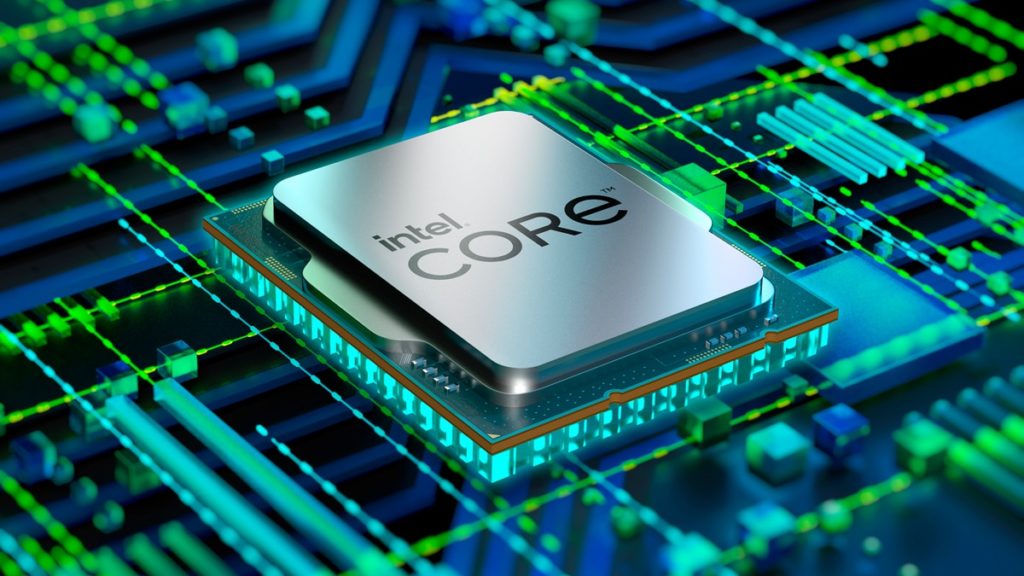- Joined
- May 6, 2019
- Messages
- 12,595
- Points
- 113
Image: Intel
Overclocking extraordinaire der8auer has confirmed that 12th Gen Intel Core i5-12400 and Core i5-12600 processors, both of which are marketed as locked, non-K models that are not intended for overclocking, can still be overclocked to achieve up to 33 percent better performance thanks to a feature that can seemingly only be enabled on select motherboards paired with a non-K CPU.
As demonstrated by der8auer in a new YouTube video, the ASUS Maximus Z690 Apex and ROG Maximus Z690 Hero include an “Unlock BCLK OC” feature that, when coupled with some additional BIOS tweaking, can push the clock speeds of these lower-tiered Alder Lake chips past 5 GHz. Cinebench R20 results shared by der8auer suggest that the Core i5-12400 and Core i5-12600 can see performance gains of up to 33 and 16 percent, respectively, thanks to Intel’s reintroduction of BLCK for Alder...
Continue reading...
Last edited by a moderator:
